SCIENCE INVESTIGATION CONFERENCING NOTES
Natasha Cooke-Nieves
Click here for printable pdf version.
Conferencing notes are typically done in literacy and/or math. But, in science, individual interviews with each student can provide a wealth of information into the thinking behind a child’s reasoning strategies. Science conferencing notes are a great assessment tool and can be easily done in the classroom using simple materials. I created a template for you to use. This can be used with your own students’ names in each lined box and photocopied multiple times. You can then insert the class/period, date, unit, and lesson to record student’s progress. If you prefer not to photocopy, a second way is to tape/glue stick index cards lengthwise down a few 8 ½ x 14 inch papers for every lesson or unit. Then, simply place the sheets on a clipboard and walk around the classroom.
An additional feature that can be added on to show that you are using your data source to later differentiate your science lessons is to color-code each set of students by using different colored paper when you photocopy or use different colored index cards. Each sheet could represent a different tier (Tier I: lower 1/3, Tier II: middle 1/3, Tier III: upper 1/3). You could then decide grouping, learning centers, or anchored activities based on your tiered student groupings.
Figure 1: Blank and completed template to show how to use conferencing notes during a science lesson
Blank Template
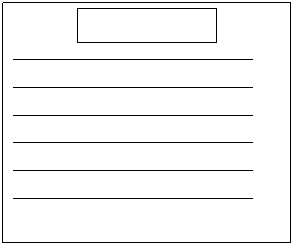
Sample Template
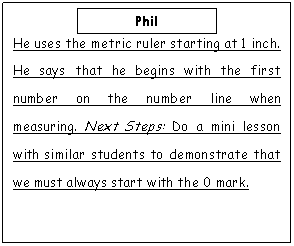
Unit: Lesson:
Class - Date: / /
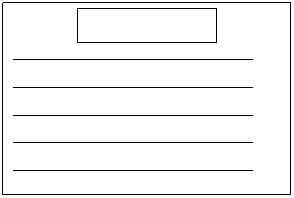
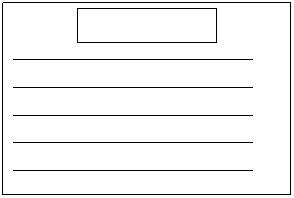
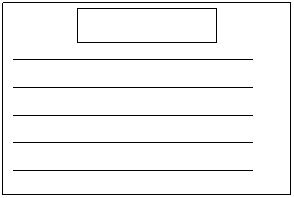
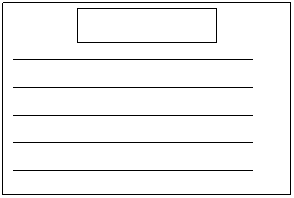
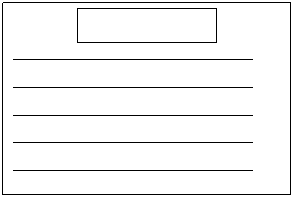
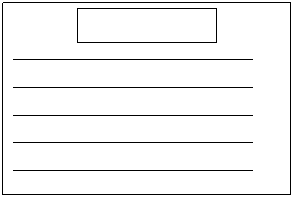
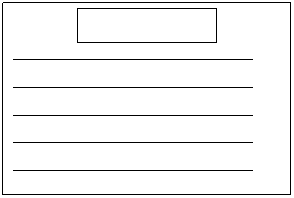
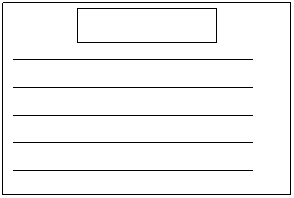
Questions or comments? E-mail me. |